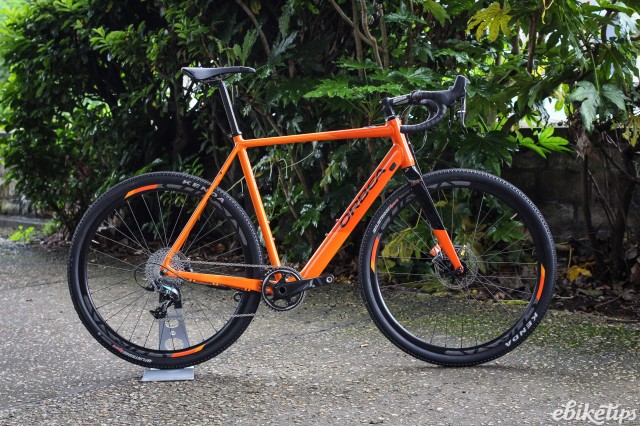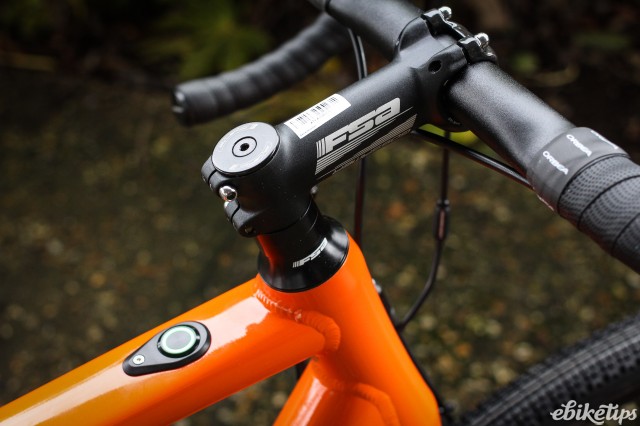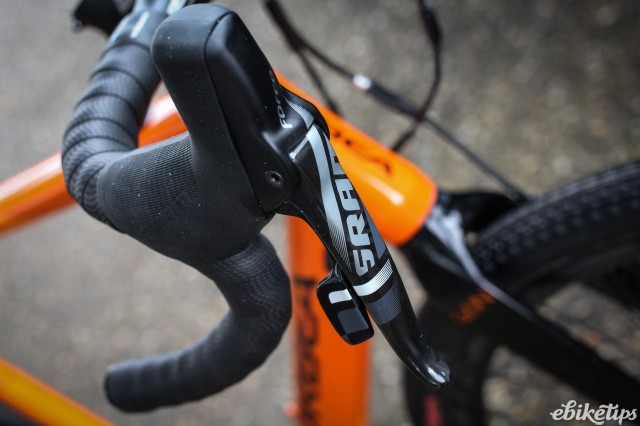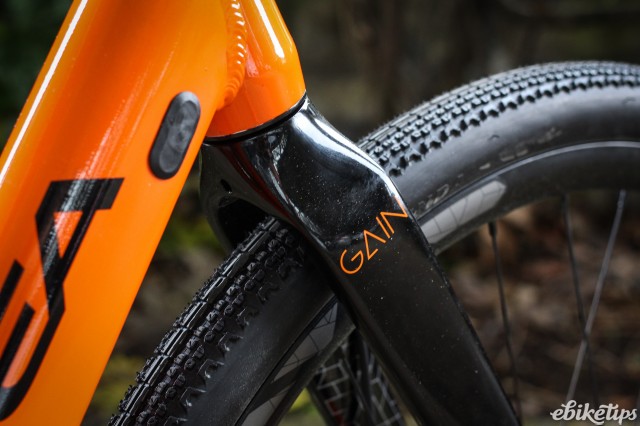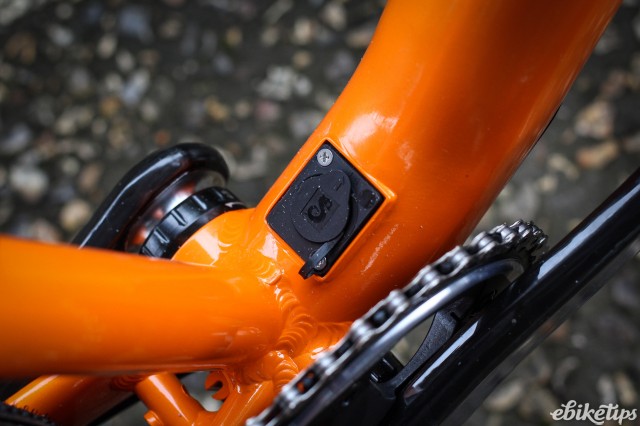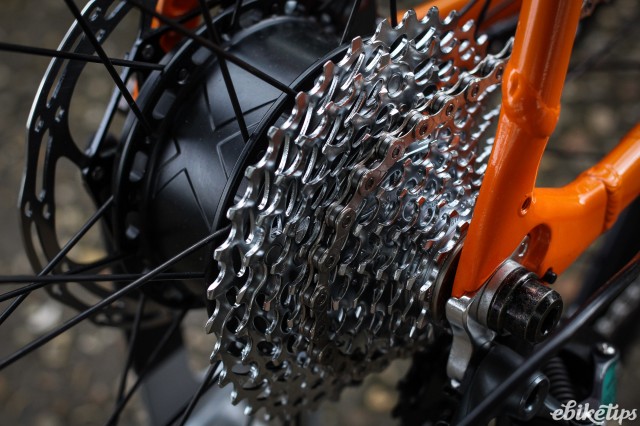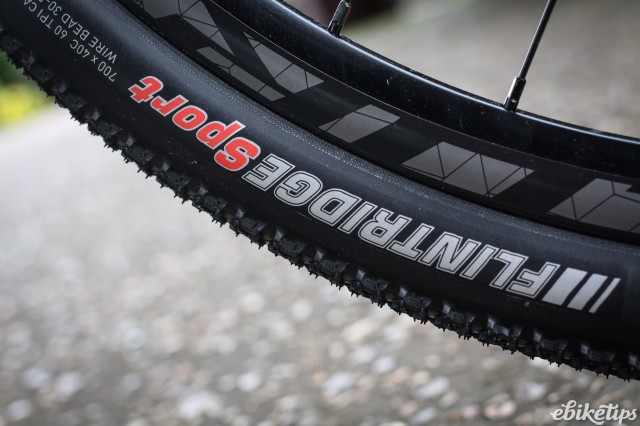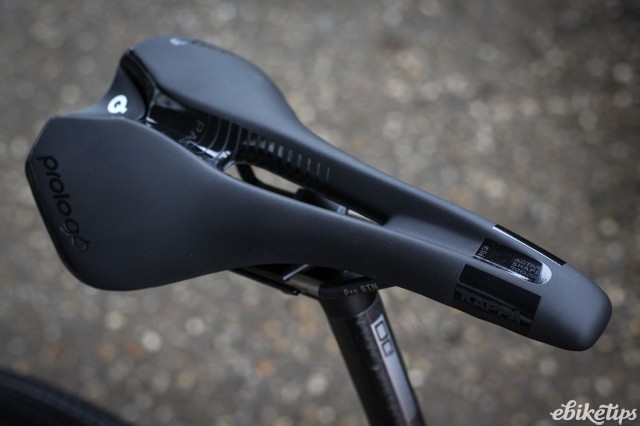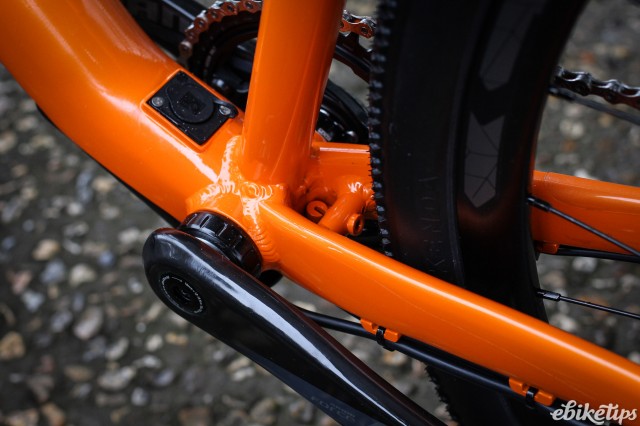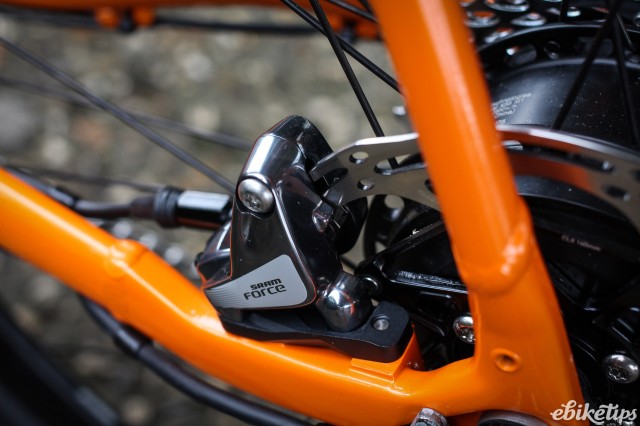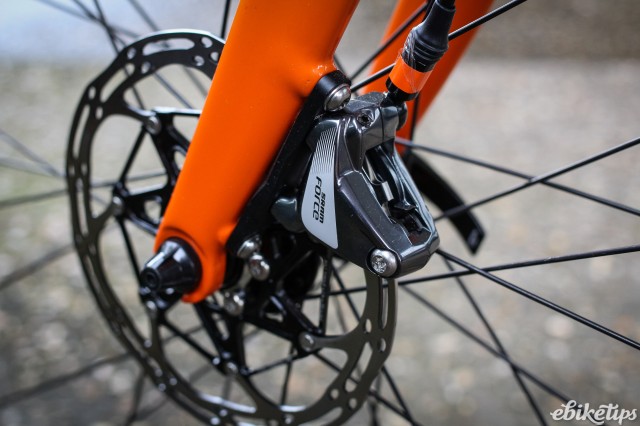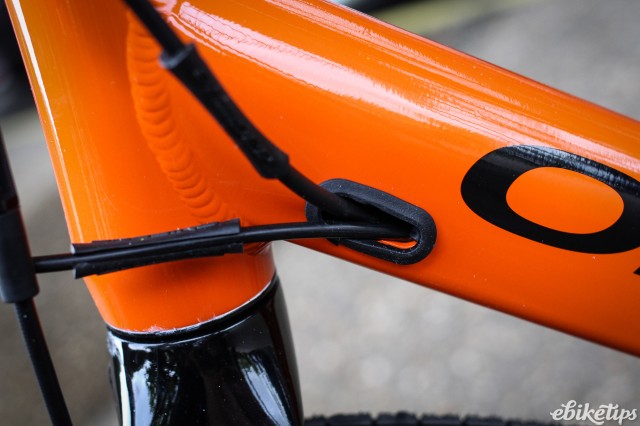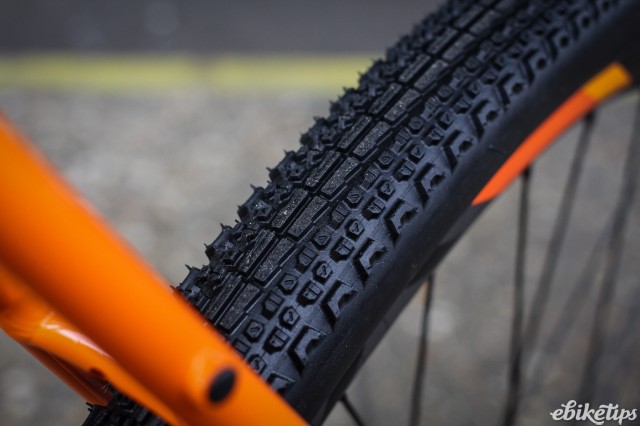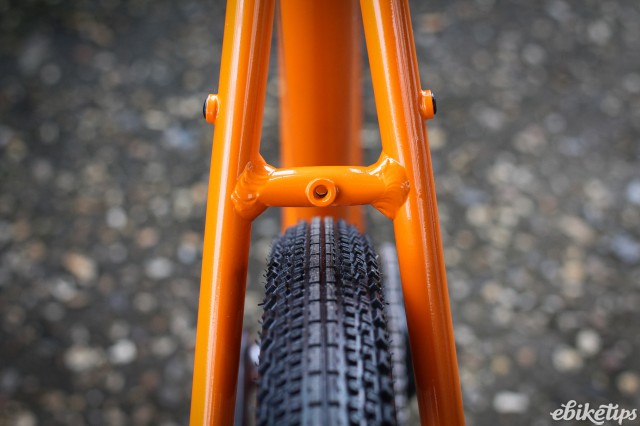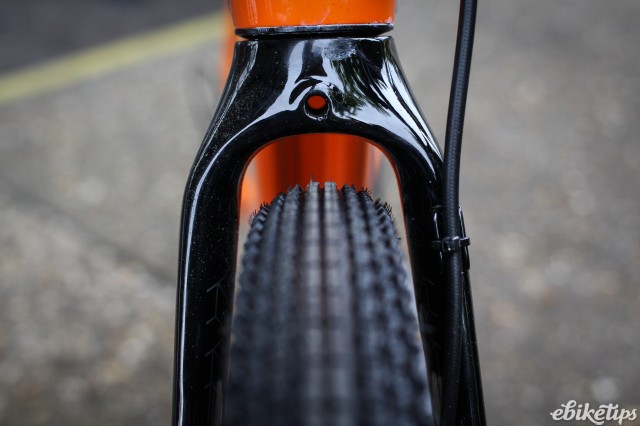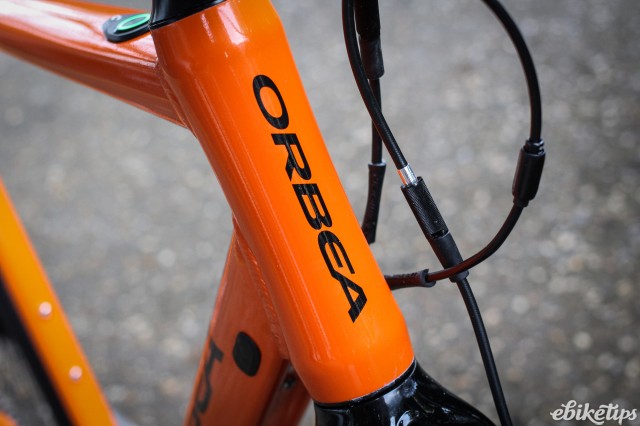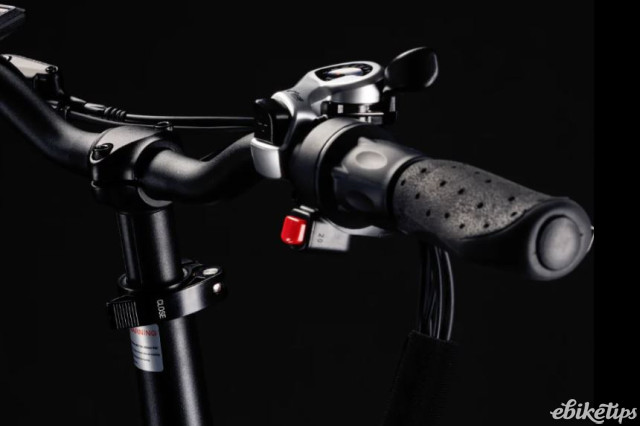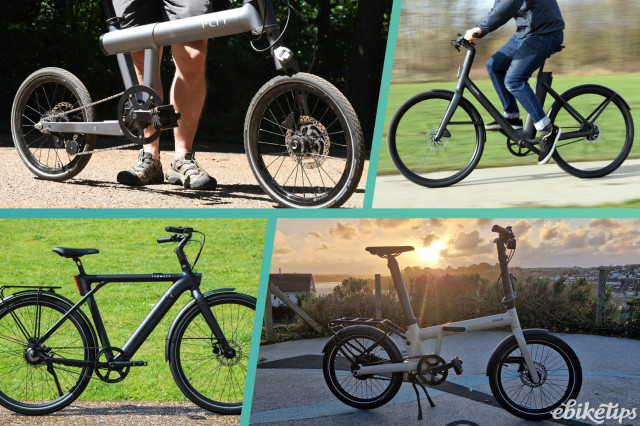Review: Orbea Gain D15
Overview
- Light weight
- Fun to ride unassisted
- Integration is very neat
- Motor isn't very powerful
- Wheels aren't tubeless-ready
- D30 spec looks better value
If you want an e-bike that doesn't look like an e-bike, the Gain range from Basque brand Orbea might well hit the spot. Orbea describes it quite accurately as being designed to "enhance your ride, not dominate it". What they're getting at is the fact that the motor is significantly less powerful than the Shimano or Bosch mid-mounted motors that most e-bikes have at this price point, but at 14kg it's also much lighter than most e-bikes.
This is not a bike that can get you up a hill looking serene like Jimmy Carr. My commute has some hills that reach mid-teen gradients, so on a regular bike it gets hot. On most e-bikes I can ride to work in jeans and a shirt without breaking a sweat. Not so on the Gain: you're still expected to chip in and do some of the work here.
But the flip side is that this rides more like a regular bike than most. Many e-bikes are happy powering you along at 15mph but deeply unrewarding if you try and pedal up over the speed limit; not this one. You can get in the drops and put the power down and batter along at a higher speed if you want to.
"But hang on, I'm not buying an e-bike because I want to be 'putting the power down'!" I hear you cry. Indeed, the e-bike market in the UK to date has been mostly focused on folks who otherwise wouldn't ride a bike. Which is great, obviously. The Orbea Gain is an e-bike for people who already cycle, I'd argue, but who need a gentle helping hand to keep up with their mates on the hills.
You're immediately struck by how subtle the integration is - this is a good looking bike, not just a good looking e-bike. Integrating the battery into an only-slightly-oversized downtube goes a long way to hiding what it is, but the neat trick of simply painting the hub motor black is also quite effective - it's easy to miss between the 11-36 cassette and the disc brake rotor.
There is no external wiring and no large control unit on the handlebars either, leaving space to fit your own GPS unit or phone if you want. The user interface is minimal in the extreme - just a button which glows in different colours on the top tube (we'll come back to what the colours mean). You use this to switch it on, cycle through assistance levels, and to have a (rough) idea of remaining battery life. If you want to see some more data as you ride, there's an app for that.
The motor supplier, Ebikemotion (also from Spain) provides the app which connects via Bluetooth to the bike and allows you to see the usual things you'd expect on an e-bike (speed, power, percentage battery remaining) as well as some things that you don't normally get on an e-bike head unit such as route guidance. You can download offline maps of countries and it will route-find for you on the app, offering a choice of "quietest", "shortest" or "fastest" options.
The Gain range is extensive, including drop bar bikes and flat bar models. Among the drop-bar models there are more road oriented models and gravel bikes like this, the D15. The road models have road gearing and slick tyres, whereas the D15 has fat tyres and a single ring transmission. As the top-spec gravel model, our D15 has a spanky SRAM Force groupset with carbon brake levers and carbon chainset. There's more carbon too, with the black stuff used for the fork and slender seat-post, although the frame is aluminium across the range. (The cheaper models use an aluminium fork but the frame, motor and battery are common to all the bikes.)
Orbea has specced Rodi Airline Corsa wheels across the D range, shod with the excellent Schwalbe G-One tyres on the gravel models (ours had different rubber). The Airlines are basic, fairly heavy wheels but heavy wheels aren't really a problem on an e-bike. They’re not tubeless compatible, however, which I think is a mistake. If you buy this bike wanting to take it offroad, a tubeless setup allows you to run lower pressures without fear of pinch-flats. Moreover, it's not like you can easily upgrade as the motor is built into the rear wheel, so you'd need to have it rebuilt with a different rim. If I was buying this bike, I'd have the bike shop do that before it left the shop.
The motor is a small one which Orbea claims can turn out 40Nm of torque; for reference the most powerful e-bike motors put out more like 80-90Nm. It's enough, obviously, to overcome the added weight, even in the lowest setting, and it turns really tough hills into moderate climbs and moderate climbs into easy ones. I went out with a mate on this and the Raleigh Mustang e-bike, swapping between the bikes, and the contrast was remarkable given that they are similar priced gravel e-bikes.
On the Raleigh (as with most Bosch or Shimano assisted e-bikes I've tried), the hills of Bath were a breeze; it was amusingly easy to leave behind whoever was riding the Orbea without breaking sweat. Once you're on the flat, though, the Raleigh is a deeply unrewarding bike to pedal, whereas the Orbea responds with unexpected enthusiasm when you stamp on the pedals.
I did a long ride with a friend on an (unassisted) Specialized Diverge where we spent a lot of the time over the 25kph speed at which the assistance cuts out, and then I enjoyed the helping hand when we road up some steep off-road trails: it was a blast.
That day, I got to about 100km before the battery was drained, which is far more than I managed on any other occasion. I knew it was going to be a long one, so I was ultra-conservative, and obviously any time you're over the cut-out speed you're not using any battery power.
Other times I got between 40-70km from a charge, riding the hilly roads of Bath and commuting, depending on the power level used. The battery is a 250Wh unit – smaller than many e-bikes as you might imagine – but Orbea say they will offer a secondary bottle battery if you need more range, although this isn't yet available and is rumoured to be a 2019 product. The battery is replaceable, via a cover on the underside of the downtube, just in front of the bottom bracket.
The battery indicator is a bit like on a bike light: the illuminated ring around the power button changes from white (>75%) to green (>50%) to orange (>25%) to red (>15%) and ultimately to flashing red when it's almost empty. I'm used to percentage displays, and found I had more range anxiety here as each colour encompasses a range which may or may not see me home.
The app is useful here - it can tell you exactly the remaining battery charge, as well as allowing you to customise the three levels of assistance. From new, all show as 100% in the app, so effectively what you can do is reduce their level down from the default if you want to have a super-low-assist mode for longer rides, for example. If you have your phone connected to the bike (which doesn't happen automatically on power up, like it does in car, you need to launch the app and connect it) then the power button light can alert you to a notification such as a call, by flashing blue.
If you want to use the app for navigation or as a more fully-featured display then you'd obviously need to mount the phone to the handlebars, but there are myriad ways of doing so nowadays. There is no integration with a Garmin and currently no indication that this is something that ebikemotion plans to develop.
At £2,999, the Gain is a chunk of money, but in line with plenty of other e-bikes. It's a little more than the Raleigh Mustang I mentioned above, and a very different bike - significantly less powerful but otherwise a much better ride. It's a much more subtle integration than the £4000 Bianchi e-road which we tried and loved, and which would eat the Orbea for breakfast on a climb.
It looks at first glance like a similar package to the £4,500 Cube Agree C:62 Hybrid SL which features the Fazua Evation motor; the extra cash there gets you a claimed 60Nm, although we thought it felt like quite a bit less. Even so, hills were less work on the Cube than they are here.
The Gain is fitted with mounts for a pannier rack and mudguards and – whether you opt for the road or the gravel tyres – would be a great year-round commuter, as long as you don't need masses of assistance.
It's a hard bike to score overall: the motor performance is at a lower level than most e-road bikes we've ridden, but it's still a fun bike and it might be perfect for you depending on your needs. In some ways, I wonder if this will be a tough sell for bike shops. Ridden back-to-back with most other £3k e-bikes, it feels significantly less powerful. Should you really spend that much money and still not get a free ride up the hills? If you live somewhere with gently rolling hills, or if you're a reasonable cyclist looking to make a tough commute feasible, I'd enthusiastically recommend it. I really enjoyed riding the Gain, although for my money I'd save £700 and go for the D30 which comes with Tiagra 2x10 and hydraulic brakes. For the non-cyclist looking for significant help on the hills without digging too deep, there are certainly more suitable options elsewhere.

